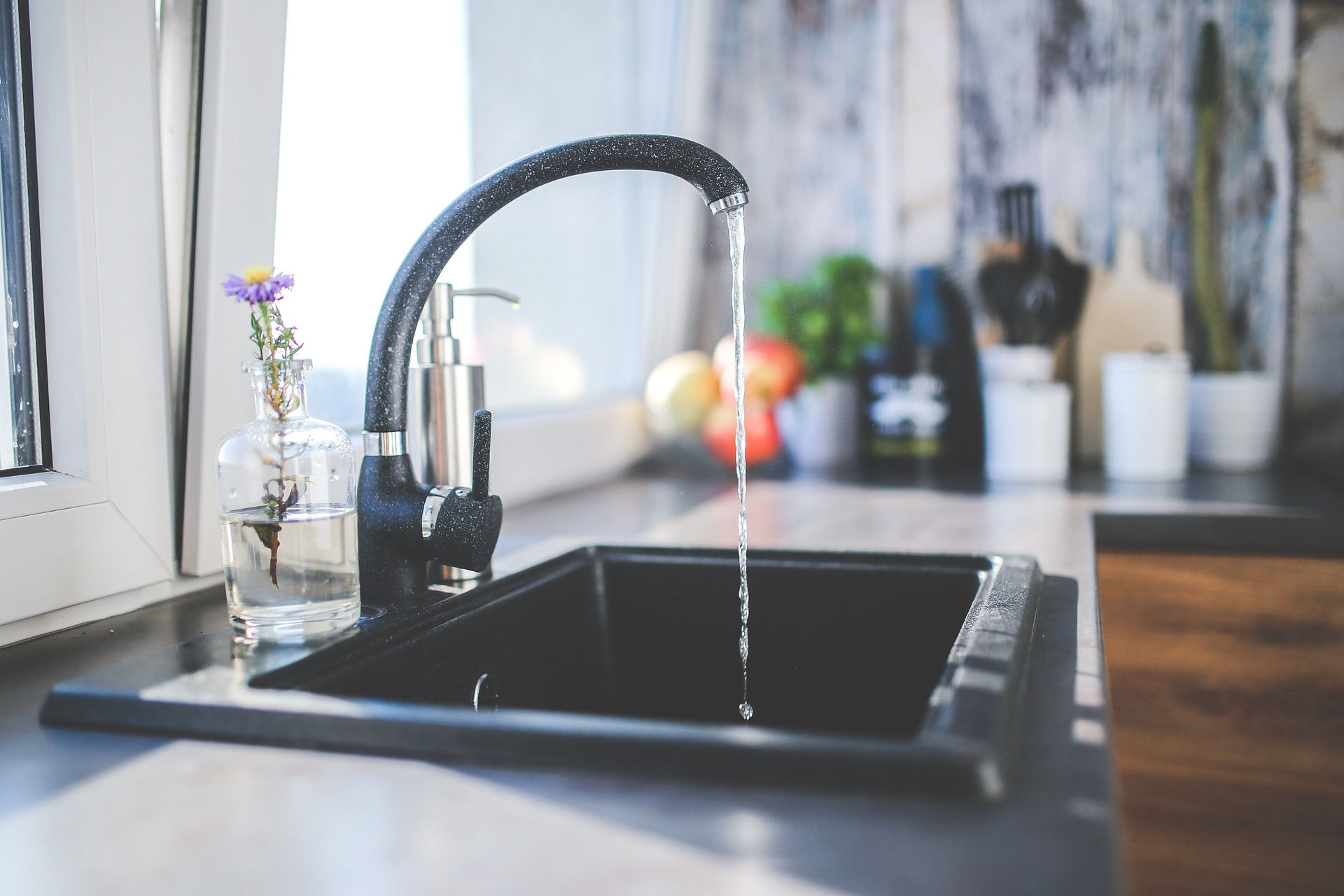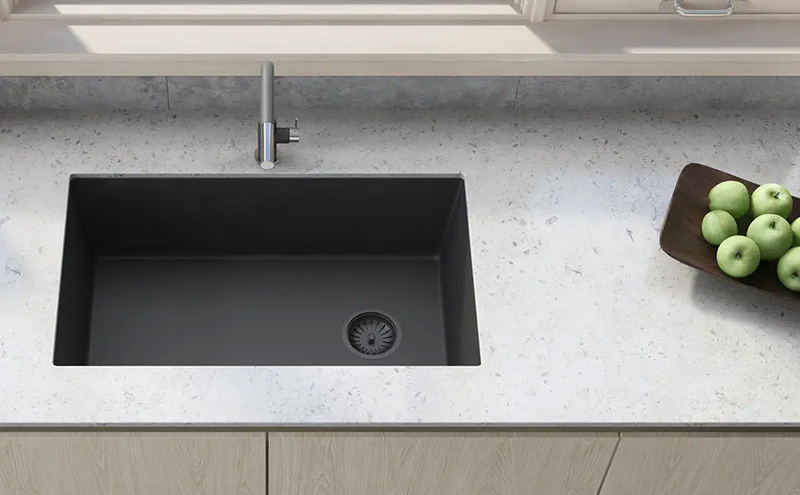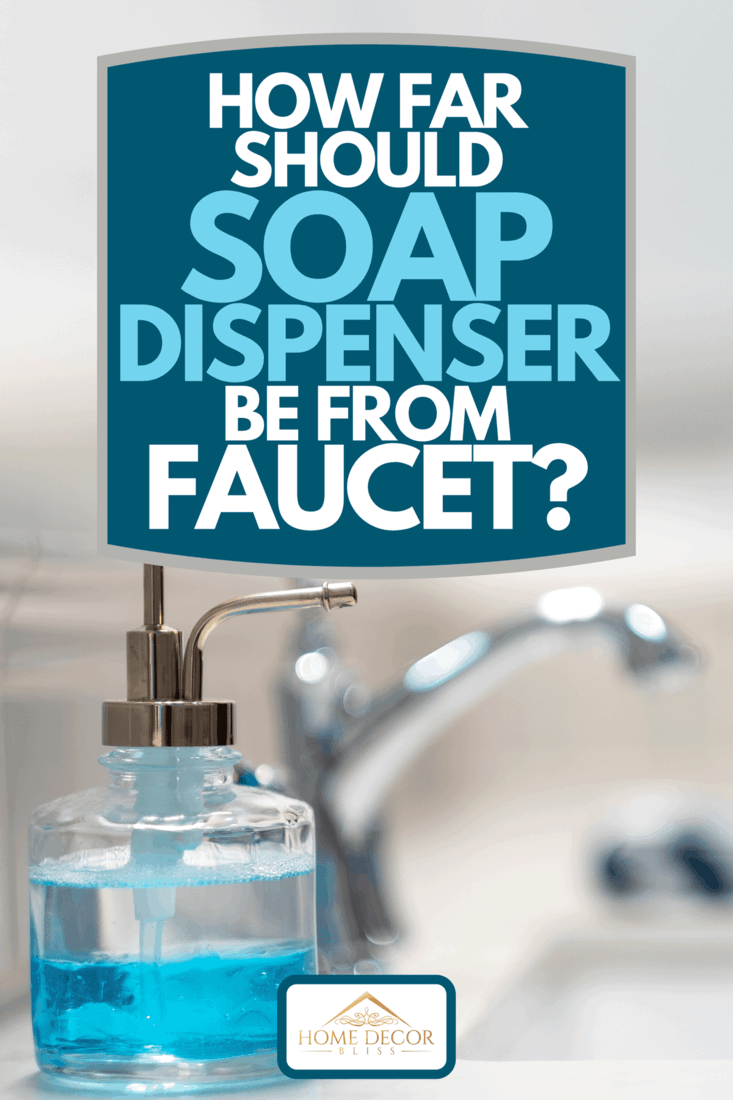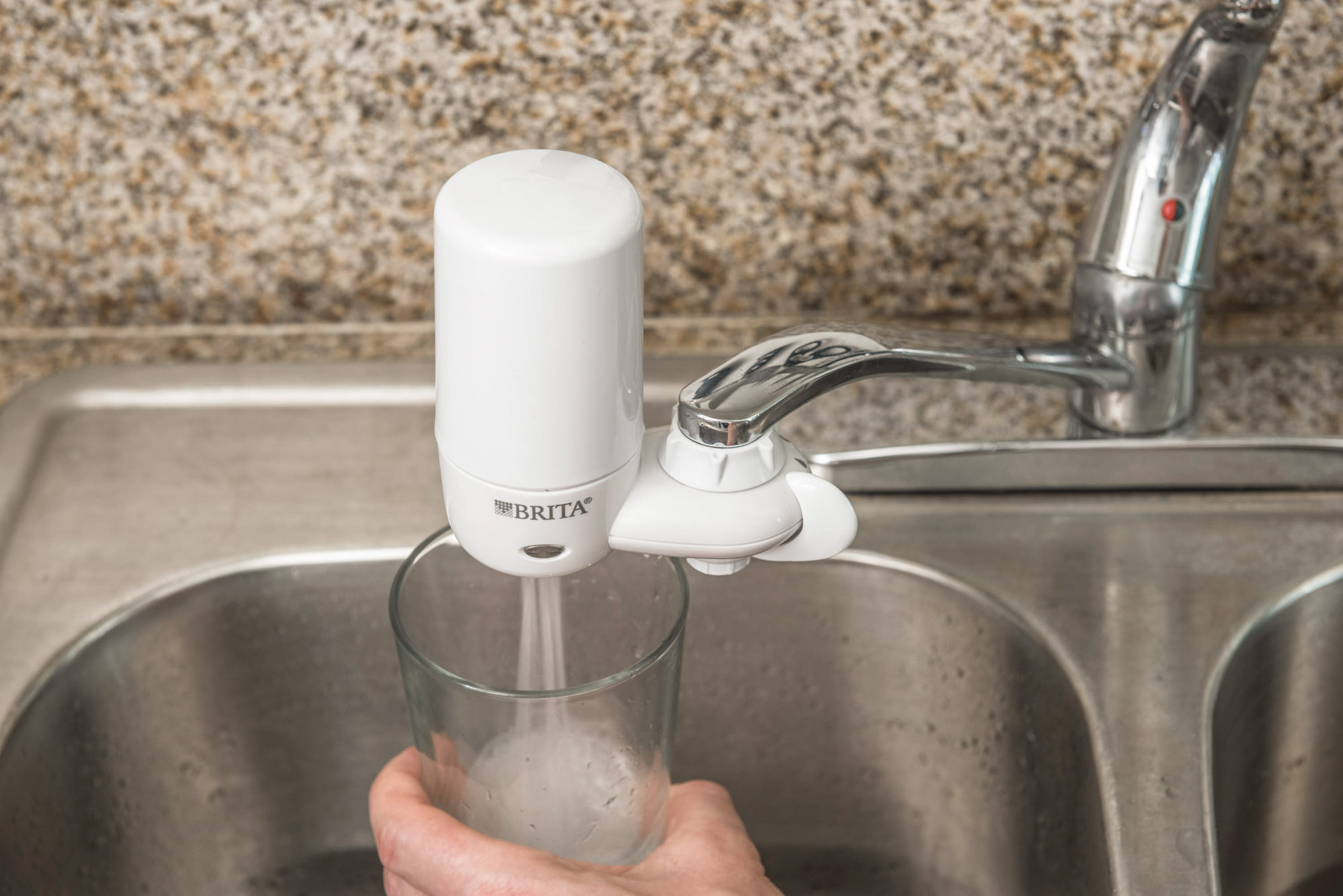When designing or updating your kitchen, one important decision to make is what materials to use for your faucet and sink. While it may seem like a small detail, the materials of these two fixtures can have a big impact on the overall look and functionality of your kitchen. In this guide, we will explore the benefits and drawbacks of matching faucet and sink materials, popular material combinations, and tips for maintaining them. Matching Faucet and Sink Materials: A Guide
When it comes to choosing a material for your kitchen faucet, there are a few factors to consider. First, think about the style of your kitchen and what material would complement it best. For a modern or industrial look, stainless steel or chrome faucets are a popular choice. If you have a more traditional or farmhouse-style kitchen, a brushed bronze or copper faucet may be a better fit. Another important factor to consider is durability. While some materials may look beautiful, they may not hold up well to daily use and could show signs of wear and tear over time. Stainless steel is known for its durability and resistance to scratches, making it a great choice for high-traffic kitchens. Choosing the Right Faucet Material for Your Kitchen Sink
Matching your faucet and sink materials may seem like a small detail, but it can make a big impact on the overall aesthetic of your kitchen. When the materials of these two fixtures are mismatched, it can create a jarring and uncoordinated look. Choosing matching materials creates a cohesive and polished look that ties the design of your kitchen together. Additionally, matching materials can also help with maintenance and cleaning. When the materials of your faucet and sink are the same, it is easier to keep them looking clean and in good condition. Mismatched materials may require different cleaning methods or products, making upkeep more complicated. Why Matching Faucet and Sink Materials is Important
As with any design decision, there are pros and cons to consider when it comes to matching faucet and sink materials. One of the main benefits is the cohesive and coordinated look it creates. It also simplifies maintenance and cleaning, as mentioned previously. However, there are some drawbacks to consider as well. Matching materials may limit your options and make it harder to find the perfect faucet or sink for your kitchen. It may also be more expensive to purchase two fixtures in the same material. Additionally, if you ever decide to change the materials of one fixture, it may no longer match the other. Pros and Cons of Matching Faucet and Sink Materials
Ultimately, the decision of whether or not to match your faucet and sink materials comes down to personal preference and the overall style and design of your kitchen. If you have a specific theme or style in mind, matching materials can help achieve a cohesive look. However, if you prefer a more eclectic or unique design, mixing materials can add visual interest and personality to your space. It's also important to consider the functionality of your kitchen. If you do a lot of cooking and washing dishes, durability may be a more important factor than matching materials. How to Determine if Your Faucet and Sink Materials Should Match
While the options for faucet and sink materials are seemingly endless, there are a few popular combinations that are tried and true. Stainless steel sinks with chrome or stainless steel faucets are a classic and versatile choice that can work with any kitchen style. For a more modern and sleek look, a black granite sink with a brushed nickel faucet can make a statement. Traditional or farmhouse-style kitchens often pair white porcelain sinks with brushed bronze or copper faucets for a charming and vintage feel. And for a luxurious and elegant touch, a marble sink with a gold or brass faucet can add a touch of glamour to any kitchen. Popular Faucet and Sink Material Combinations
Once you've chosen your matching faucet and sink materials, it's important to take proper care of them to keep them looking their best. Regularly cleaning with a gentle, non-abrasive cleaner can help prevent scratches and keep the finish looking shiny. It's also a good idea to wipe down your fixtures after each use to remove any food or grime that may have accumulated. If you have hard water, using a water softener can help prevent mineral buildup and keep your fixtures looking clean. Tips for Maintaining Matching Faucet and Sink Materials
While matching faucet and sink materials can create a cohesive and polished look, it may come at a higher cost. In most cases, purchasing two fixtures in the same material will be more expensive than mixing and matching. Additionally, some materials, such as copper or marble, may be more expensive than others. However, it's important to weigh the cost against the long-term benefits of having matching materials. If you plan on staying in your home for a while and want a consistent, well-designed kitchen, it may be worth the investment. Cost Considerations for Matching Faucet and Sink Materials
With so many options for faucet and sink materials, it can be overwhelming to choose the best one for your kitchen. It's important to consider both style and functionality when making your decision. Think about the overall look you want to achieve and what materials will complement it best. Additionally, consider how much wear and tear your fixtures will be exposed to and choose a durable material that can withstand daily use. Don't be afraid to mix and match different materials to create a unique and personalized look for your kitchen. How to Choose the Best Material for Your Faucet and Sink
While there is no right or wrong answer when it comes to matching faucet and sink materials, it's important to consider the overall design and functionality of your kitchen. Matching materials can create a cohesive and polished look, while mixing and matching can add visual interest and personality. Whichever you choose, make sure to properly maintain your fixtures to keep them looking their best. Final Thoughts on Matching Faucet and Sink Materials
Why the Material of Your Kitchen Sink and Faucet Should Match

The Importance of Cohesive Design
 When it comes to designing your dream kitchen, every detail matters. From the cabinets to the countertops, each element plays a crucial role in creating a cohesive and visually appealing space. One important aspect that is often overlooked is the material of your
kitchen sink and faucet
. While it may seem like a small detail, choosing the same material for both can make a big impact on the overall design of your kitchen.
When it comes to designing your dream kitchen, every detail matters. From the cabinets to the countertops, each element plays a crucial role in creating a cohesive and visually appealing space. One important aspect that is often overlooked is the material of your
kitchen sink and faucet
. While it may seem like a small detail, choosing the same material for both can make a big impact on the overall design of your kitchen.
Seamless Aesthetic
 Having a
matching sink and faucet
creates a seamless aesthetic in your kitchen. This means that the sink and faucet will blend in with the rest of the design elements, creating a cohesive and harmonious look. For example, if you have a stainless steel sink, pairing it with a stainless steel faucet will create a sleek and modern look. On the other hand, if you have a farmhouse sink, pairing it with a bronze or copper faucet can enhance the rustic charm of your kitchen.
Having a
matching sink and faucet
creates a seamless aesthetic in your kitchen. This means that the sink and faucet will blend in with the rest of the design elements, creating a cohesive and harmonious look. For example, if you have a stainless steel sink, pairing it with a stainless steel faucet will create a sleek and modern look. On the other hand, if you have a farmhouse sink, pairing it with a bronze or copper faucet can enhance the rustic charm of your kitchen.
Easier Maintenance
 Another benefit of having a
matching sink and faucet
is that it makes maintenance and cleaning much easier. When the materials are the same, it is easier to clean and maintain them without worrying about any potential damage to one or the other. Similar materials also tend to have similar care instructions, making it simpler to keep your sink and faucet looking their best.
Another benefit of having a
matching sink and faucet
is that it makes maintenance and cleaning much easier. When the materials are the same, it is easier to clean and maintain them without worrying about any potential damage to one or the other. Similar materials also tend to have similar care instructions, making it simpler to keep your sink and faucet looking their best.
Functionality and Durability
 Choosing the same material for your
kitchen sink and faucet
not only adds to the aesthetic appeal but also ensures functionality and durability. When the materials are compatible, it reduces the risk of any plumbing issues such as leaks or corrosion. It also ensures that the sink and faucet are both able to withstand daily use and maintain their quality over time.
Choosing the same material for your
kitchen sink and faucet
not only adds to the aesthetic appeal but also ensures functionality and durability. When the materials are compatible, it reduces the risk of any plumbing issues such as leaks or corrosion. It also ensures that the sink and faucet are both able to withstand daily use and maintain their quality over time.
Final Thoughts
 In conclusion, having a
matching kitchen sink and faucet
is not just about aesthetics, but it also has practical benefits. The cohesive design, easier maintenance, and durability make it a wise choice for any kitchen. So, when designing your dream kitchen, be sure to consider the material of your sink and faucet to create a beautiful and functional space.
In conclusion, having a
matching kitchen sink and faucet
is not just about aesthetics, but it also has practical benefits. The cohesive design, easier maintenance, and durability make it a wise choice for any kitchen. So, when designing your dream kitchen, be sure to consider the material of your sink and faucet to create a beautiful and functional space.








































/Basic-kitchen-sink-types-1821207_color_rev-0b539306b9ef4236a136624ad2a89a4c.jpg)































































